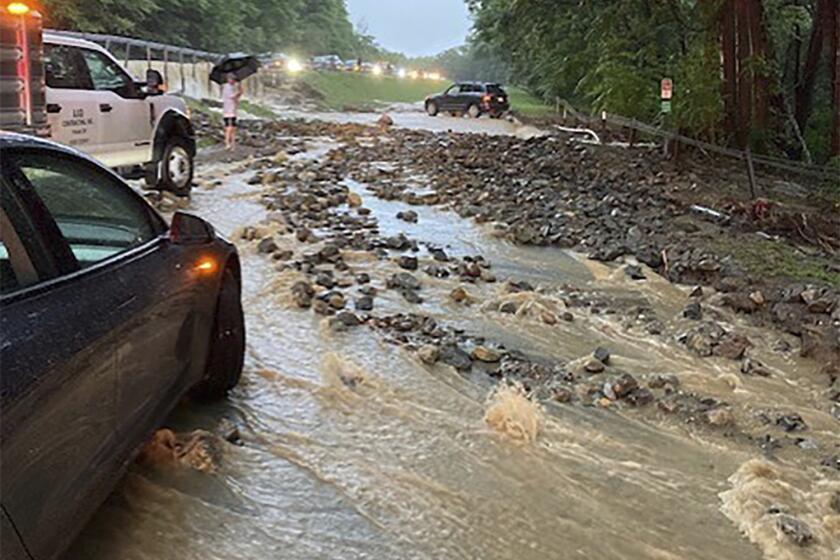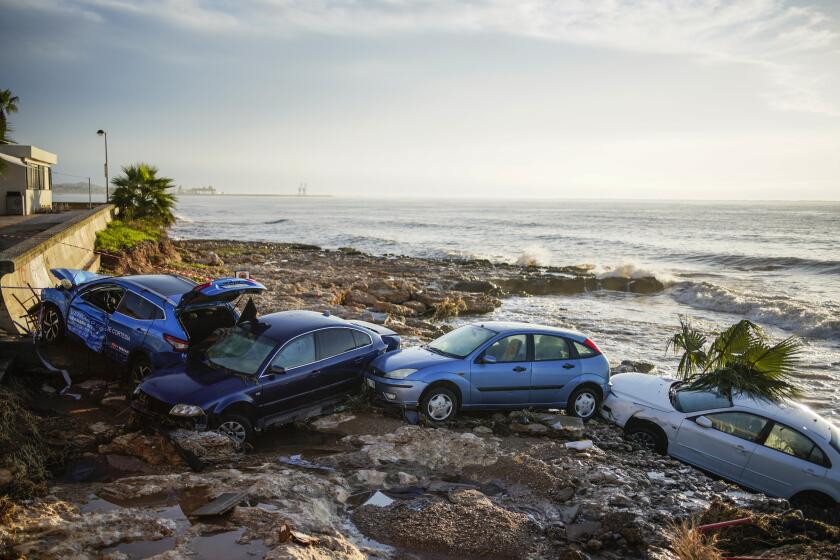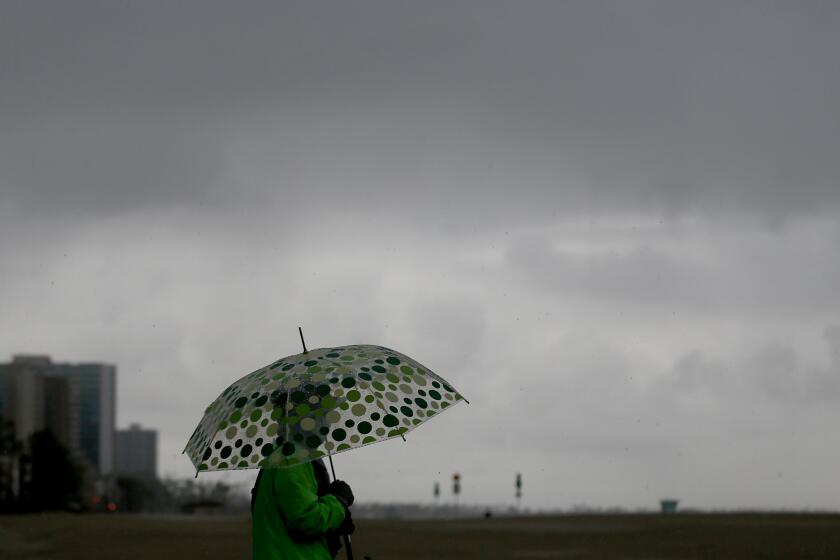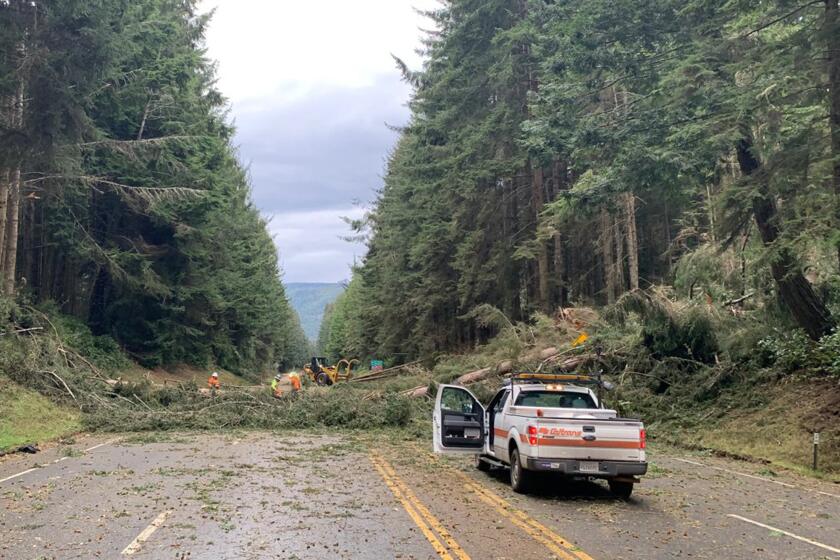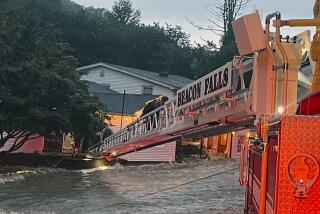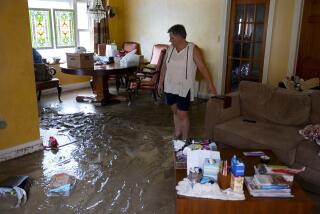A surging river floods Vermont’s capital as crews rescue more than 100 people
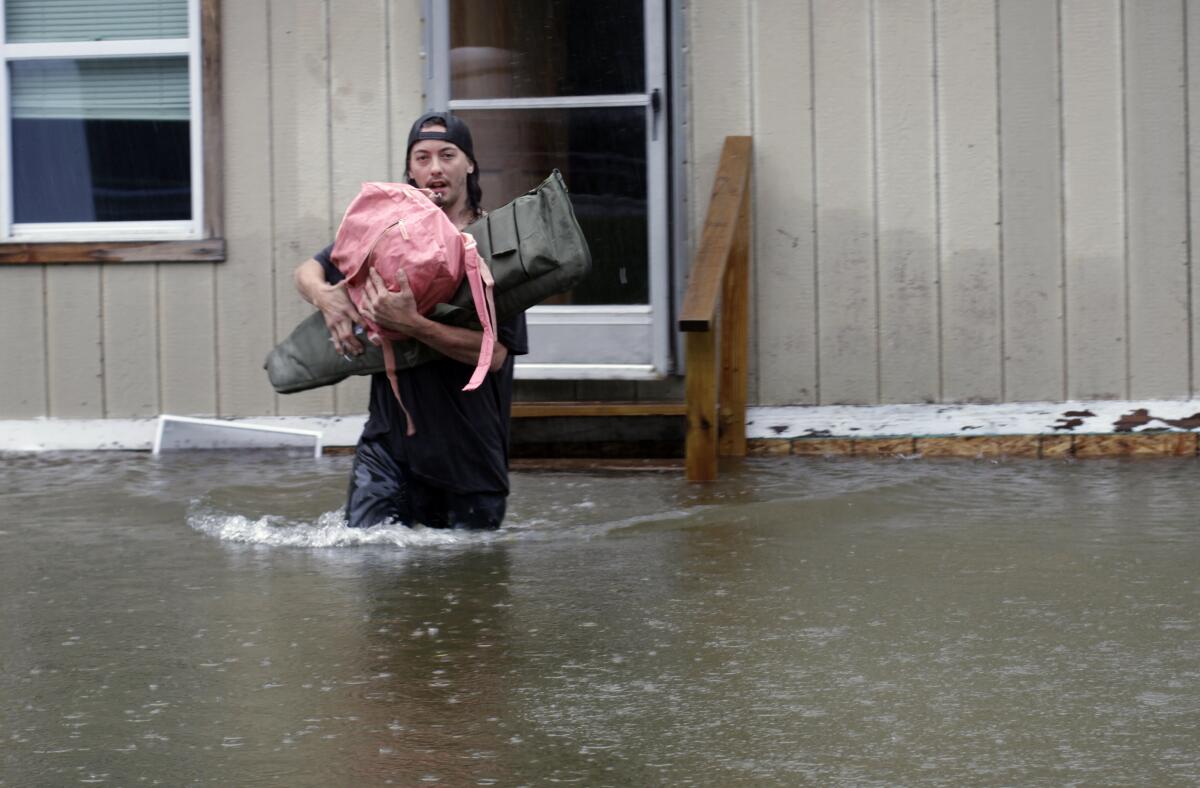
ANDOVER, Vt. — A storm that dumped up to two months of rain in two days in Vermont and other parts of the Northeast brought more flooding Tuesday to communities marooned by water, including the state capital, where a dam just upstream was threatening to overflow.
There were signs of hope as some Vermont rivers crested Tuesday and flood waters began to recede, allowing officials to begin assessing the damage and the scope of the cleanup ahead. The flooding has already caused tens of millions of dollars in damage throughout the state.
Muddy brown water from the Winooski River flowed through the capital of Montpelier, obscuring vehicles and all but the tops of parking meters along picturesque streets lined with brick storefronts whose basements and lower floors were flooded. Some residents of the city of 8,000 slogged their way through the waist-high water; others canoed and kayaked along main streets to survey the scene. Shopkeepers took stock of damaged or lost goods.
“It’s heartbreaking because you know all these businesses are losing inventory, and this person just clearly just lost their car,” said state Sen. Anne Watson, noting a parked vehicle inundated with water. Similar scenes played out in neighboring Barre and in Bridgewater, where the Ottauquechee River spilled its banks.
Bryan Pfeiffer, a biologist who has lived in the Montpelier area for four decades, canoed around the downtown area to check out the damage and was appalled by what he saw. The basement of every building — including the one where he works — and the lower levels of most were inundated. Even the city’s fire station was flooded.
“It’s really troubling when your fire station is under water,” Pfeiffer said.
City officials were monitoring the dam on the Winooski upstream and said water levels there were holding steady. But they didn’t rule out releasing some water, which would inundate low-lying areas of the city.
“Floodwaters continue to rise in some places, like our capital city, and have surpassed the levels seen during Tropical Storm Irene,” Vermont Gov. Phil Scott said. Irene killed six people in Vermont in August 2011, washing homes off their foundations and damaging or destroying more than 200 bridges and 500 miles of highway.
The sun was out Tuesday and more sunshine was expected Wednesday. More rain was forecast Thursday and Friday but Peter Banacos, a meteorologist with the National Weather Service, said the state will be spared any further torrential downpours.
Heavy rain washed out roads and forced evacuations in the Northeast with more downpours forecast. Some officials have declared a state of emergency.
With flood waters receding in some of the hardest-hit towns, much of the focus was on reopening roadways, checking on isolated homeowners and cleaning out mud and debris from water-logged businesses.
“We sustained catastrophic damage. We just really took the brunt of the storm,” Ludlow Municipal Manager Brendan McNamara said, as he assessed the flood’s impact around the 1,500-person town.
“I talked to people today that said my house is gone. Thankfully we got through it with no loss of life,” he said, adding the damage was worse than Tropical Storm Irene. “Ludlow will be fine. People are coming together and taking care of each other. We’ve been here before and we will get through it.”
Among the losses was the town’s water treatment plant. Its main supermarket remained closed. The main roadway through town had yet to be fully reopened and McNamara couldn’t begin to estimate how many houses had been damaged. The town’s Little League field and a new skate park were destroyed, and scores of businesses were damaged.
Colleen Dooley returned to her condominium complex in Ludlow on Tuesday to find the grounds covered in silt and mud and the pool filled with muddy river water. A wooden pool deck had been carried about 300 feet by flood waters; the adjacent Black River was still raging.
“I don’t know when we’ll move back, but it will certainly be awhile,” said Dooley, a 59-year-old retired teacher.
One woman was swept away in New York. There have been no reports of injuries or deaths related to the flooding in Vermont, where swift-water rescue teams aided by National Guard helicopter crews have done more than 100 rescues, Vermont Emergency Management said Tuesday.
Many Spaniards are counting their losses and damage to homes and businesses caused by flooding produced by intense rain that continued falling over large areas of the country.
That included an “extremely high-risk rescue” by a visiting New Hampshire team, of a person who decided to drive around a barricaded road, said Mike Cannon of Vermont Urban Search and Rescue. “The car was washed off the roadway almost into the river,” he said.
Dozens of roads and highways were closed, including many along the spine of the Green Mountains.
A major winter storm moved into Southern California overnight, bringing flood warnings and powerful winds in some areas.
The slow-moving storm reached New England after hitting parts of New York and Connecticut on Sunday. Some communities received between 7 and 9 inches of rain and the Connecticut River, swollen from the heavy rains in Vermont, was expected to crest above flood stage Wednesday in Hartford and towns to the south.
President Biden, attending the annual NATO summit in Lithuania, declared an emergency for Vermont and authorized the Federal Emergency Management Agency to help coordinate disaster relief efforts and provide assistance.
FEMA sent a team to Vermont, along with emergency communications equipment, and is prepared to keep shelters supplied if the state requests it. The agency also is monitoring flooding in Massachusetts, Connecticut and New Hampshire, regional spokesperson Dennis Pinkham said Tuesday.
Pounding rain and winds battered the Bay Area and surrounding regions Wednesday evening, prompting scattered evacuations along rivers where flooding was expected.
One of the worst-hit places was New York’s Hudson Valley, where a woman identified by police as Pamela Nugent, 43, died as she tried to escape her flooded home with her dog in the hamlet of Fort Montgomery.
The U.S. Military Academy at West Point was pounded with more than 8 inches of rain that sent debris sliding onto some roads and washed others out.
Multiple rescue crews were positioned in Montpelier, where dispatch, police and fire operations were relocated to a water treatment plant after heavy flooding at City Hall and the police and fire departments. The radio towers they use for emergency calls were not functional, Police Chief Eric Nordenson said.
Shelters were set up at churches, town halls and the Barre Municipal Auditorium, where delivering food to the more than 200 people taking refuge there was a challenge.
“We’re trying to find paths to get supplies in to them,” said John Montes, American Red Cross of Northern New England regional disaster officer.
Minchillo reported from Highland Falls, New York. Kathy McCormack in Concord, New Hampshire; Michael Hill in Albany, New York; and Mark Pratt and Steve LeBlanc in Boston contributed.
More to Read
Sign up for Essential California
The most important California stories and recommendations in your inbox every morning.
You may occasionally receive promotional content from the Los Angeles Times.
